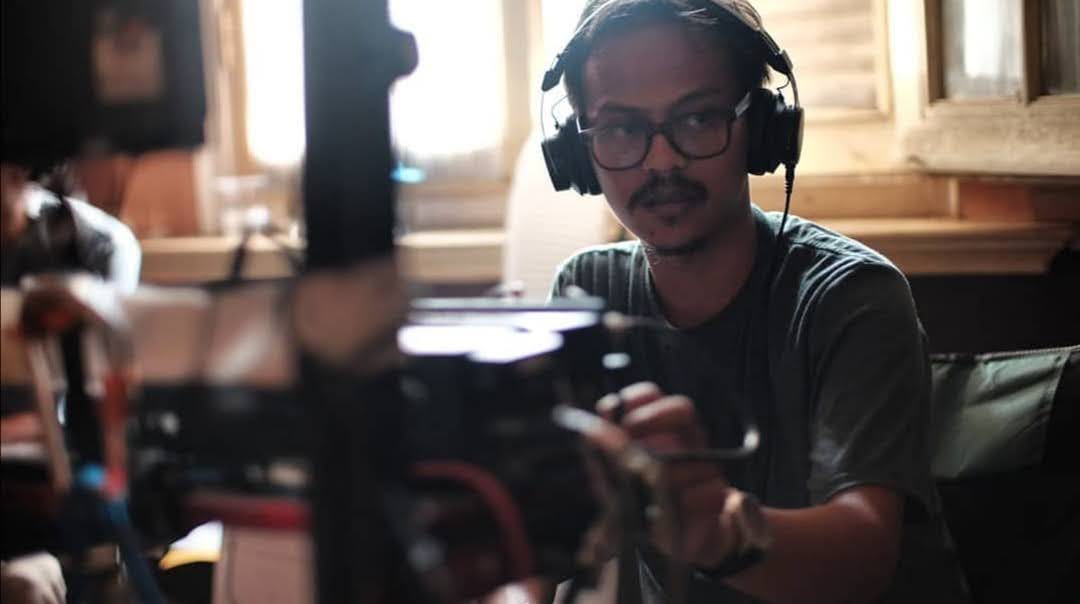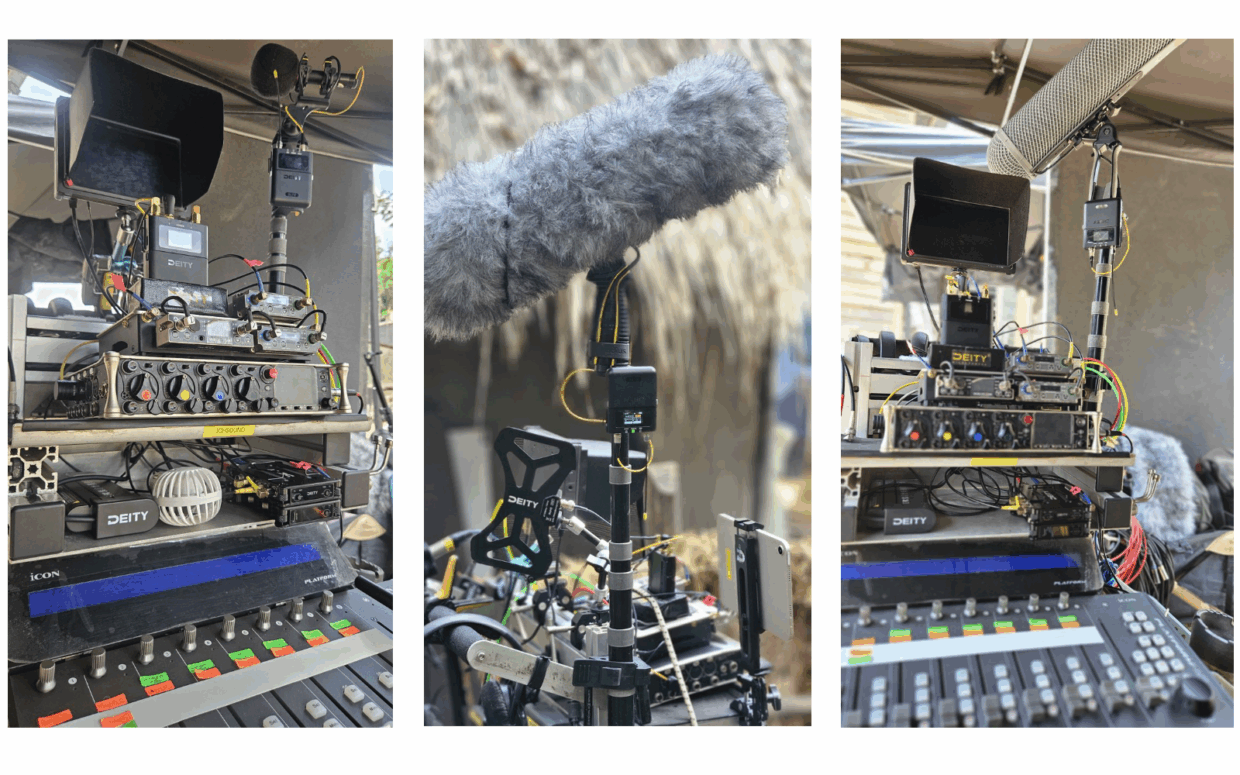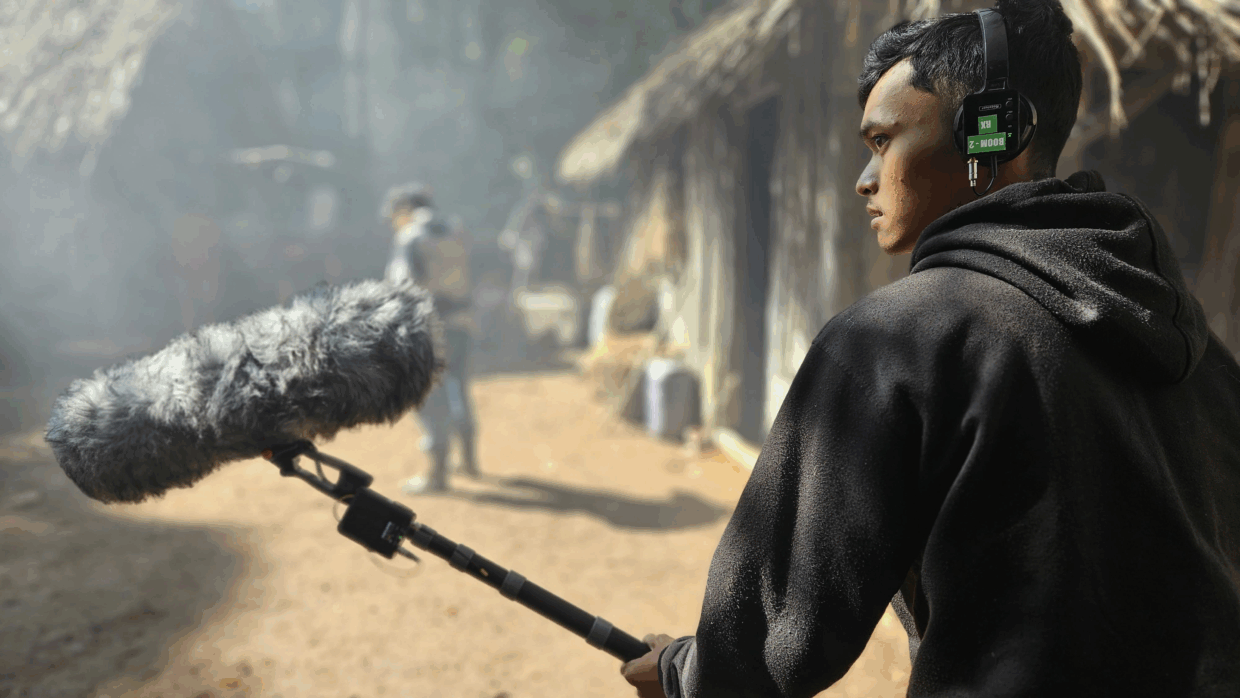The electricity dies without warning. One moment, Ichsan Rachmaditta is orchestrating a complex action sequence in the sweltering heat of an Indonesian film set, microphones capturing every whispered line and explosive sound effect. The next, the entire production grinds to a halt as generators fall silent and equipment powers down.
Except for Rachmaditta’s audio rig. His wireless transmitters keep rolling, his receivers stay locked, and most crucially, the scene continues. What could have been a costly reshoot becomes just another Tuesday for one of Southeast Asia’s most resourceful sound engineers.
“That time the smart battery and the battery distribution saved me,” Rachmaditta recalls, laughing about what would have been a disaster for most crews. “When suddenly the electricity went down. Since it’s already connected I just need to switch it from mains electricity to battery powered.”
This isn’t luck—it’s paranoia. The good kind. The kind that keeps productions moving when infrastructure fails and keeps stories from dying in the Indonesian heat.

Fighting the Frequency Wars
Jakarta’s electromagnetic spectrum is a war zone. Cell towers duke it out with TV broadcasts, taxi dispatchers compete with police radios, and somewhere in the chaos, film crews try to find clean frequencies for their wireless mics. It’s like trying to have a conversation at a death metal concert.
“Mostly the problems are frequencies on set,” Rachmaditta explains. Traditional wireless systems lock you into narrow frequency bands, forcing everyone to fight over the same overcrowded channels. It’s a recipe for interference, dropouts, and the kind of audio problems that make editors weep.
Rachmaditta’s solution? Go wide. “THOS helped with this since it’s wideband and can adjust depending on the location or country.” Instead of being stuck with fixed frequencies, his gear adapts on the fly, scanning for clean channels like a digital bloodhound.
It’s emblematic of how smart crews work now—they don’t fight the environment, they work with it.
The Gear That Doesn’t Quit
Ask any working sound engineer about their nightmare scenario, and it probably involves equipment failures in remote locations. Dust, humidity, temperature swings—Mother Nature has a thousand ways to kill electronics. Rachmaditta shoots mostly outdoors and action scenes, so his gear lives in equipment hell.
“Deity performs really well, and I have no problems with weather,” he says. “It’s a robust piece of equipment.”
But robust doesn’t mean complex. His go-to setup centers on the SPD mini and SRD mini systems—compact wireless units that prioritize reliability over bells and whistles. “This is the way to go. Simple, easy to carry and helped a lot with my system using the antenna or sound bag style.”
There’s wisdom in that simplicity. Every additional feature is another thing that can break. When you’re shooting in locations where the nearest repair shop might be several time zones away, simpler is better.
The Invisible Sync
Nothing kills a film’s budget faster than sync problems. When audio and video don’t line up, editors spend hours manually aligning tracks instead of crafting stories. For a sound engineer working mostly with two-camera setups, getting sync right isn’t just important—it’s survival.
“I use Deity Timecode for any timecode base production. Never have a problem, always sync, the battery is very good and can last very long,” Rachmaditta says. The gear just works, which might sound boring until you’ve spent a night in an edit suite manually syncing footage.
That reliability translates directly into creative freedom. When technical problems vanish, crews can focus on the story they’re trying to tell.

Insurance You Can Hear
Here’s where things get interesting. Rachmaditta’s wireless transmitters don’t just send audio—they record it locally too. “The THEOS transmitter can record, this makes me more flexible to capture what I want to record. If somehow I have to be very far with the talent, I still have backup on the THEOS transmitter.”
It’s like having an insurance policy you can actually use. If the primary recording gets corrupted, the transmitter’s backup saves the day. But the real magic is how this technical capability changes creative possibilities. Knowing you have backup audio lets directors attempt more ambitious shots and sound engineers position themselves strategically without sweating every decision.
More Than Just Audio
Smart sound engineers understand something crucial: their gear doesn’t just capture audio—it becomes the production’s nervous system. Rachmaditta uses his wireless systems for more than recording. “Sometimes I use the Deity THEOS for audio feed either to the camera or to the assistant camera who needs to listen to the takes, since it can go quite far.”
The same equipment that captures dialogue also lets the camera crew monitor takes in real-time. It’s elegant efficiency—one system serving multiple functions, reducing complexity while improving communication.
The Real Bottom Line
Film production is expensive, and small efficiencies compound quickly. Rachmaditta’s approach saves money in ways that aren’t immediately obvious. “Cost saving for the price and you can get the dual THEOS system. Also, with the antenna and battery distributor, it saves a lot of cost. And also the time for setting up is easy and fast.”
Faster setups mean shorter days. Reliable gear means fewer retakes. Systems that work together mean smaller crews. It all adds up to productions that can do more with less—critical when you’re competing in a global market.
